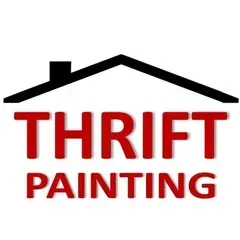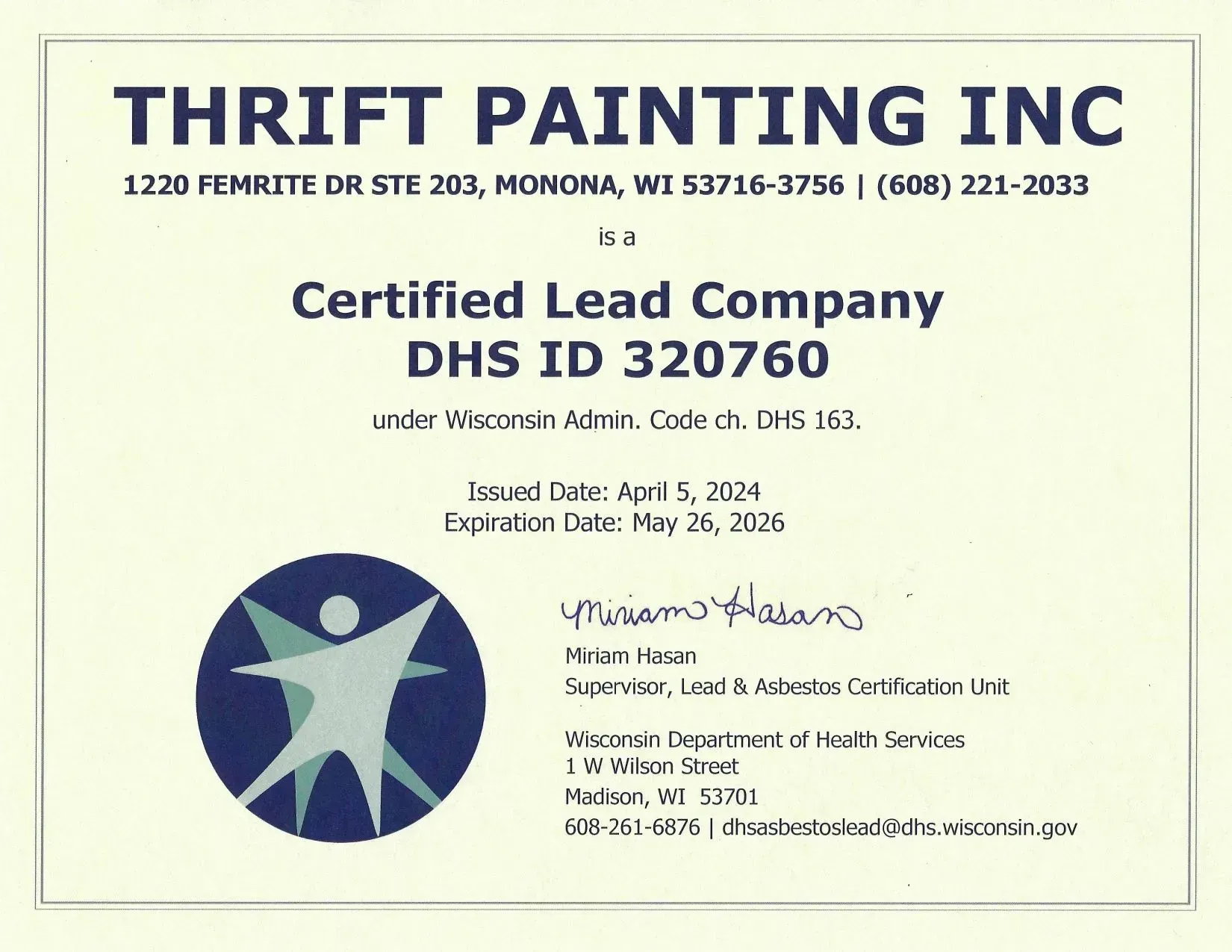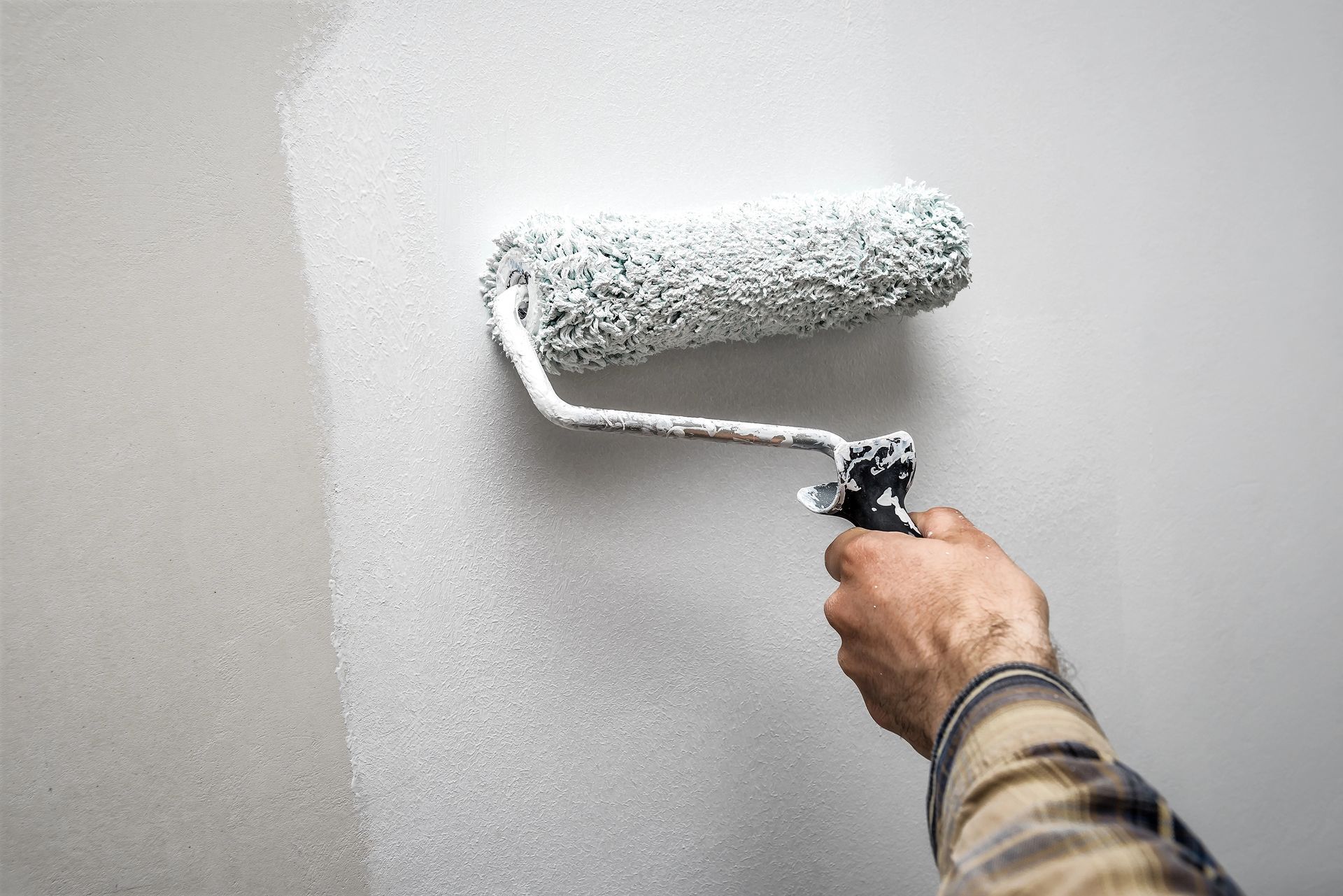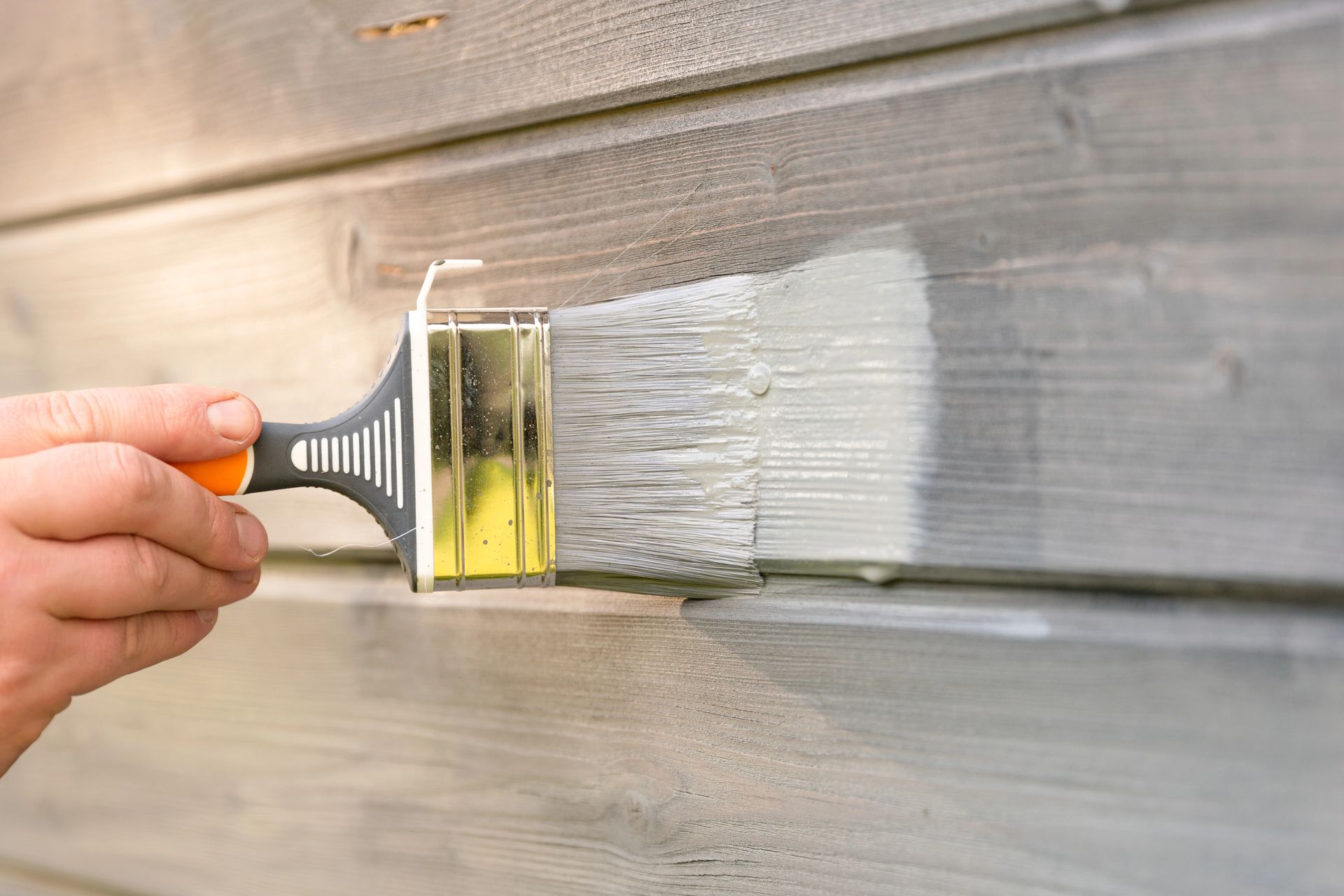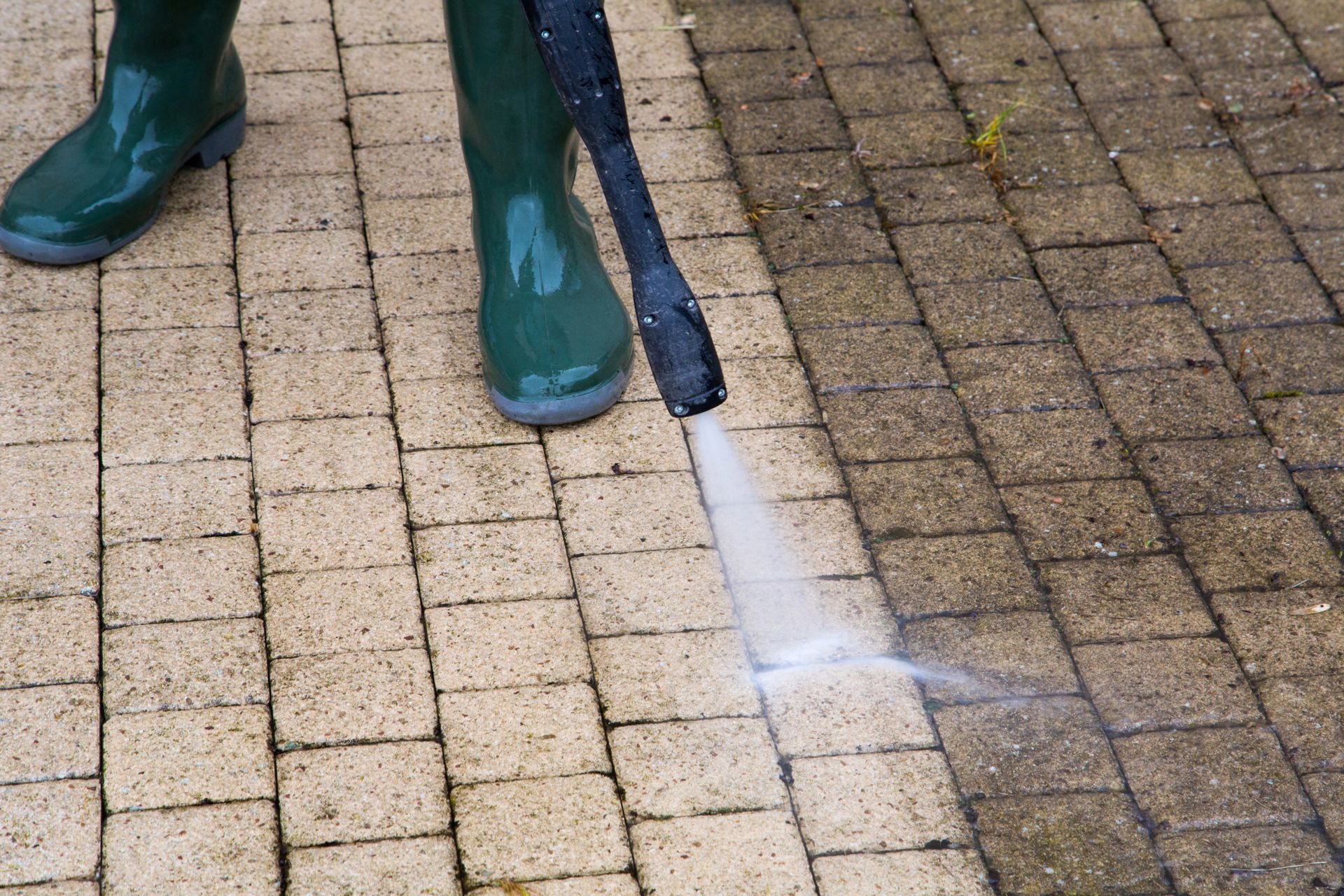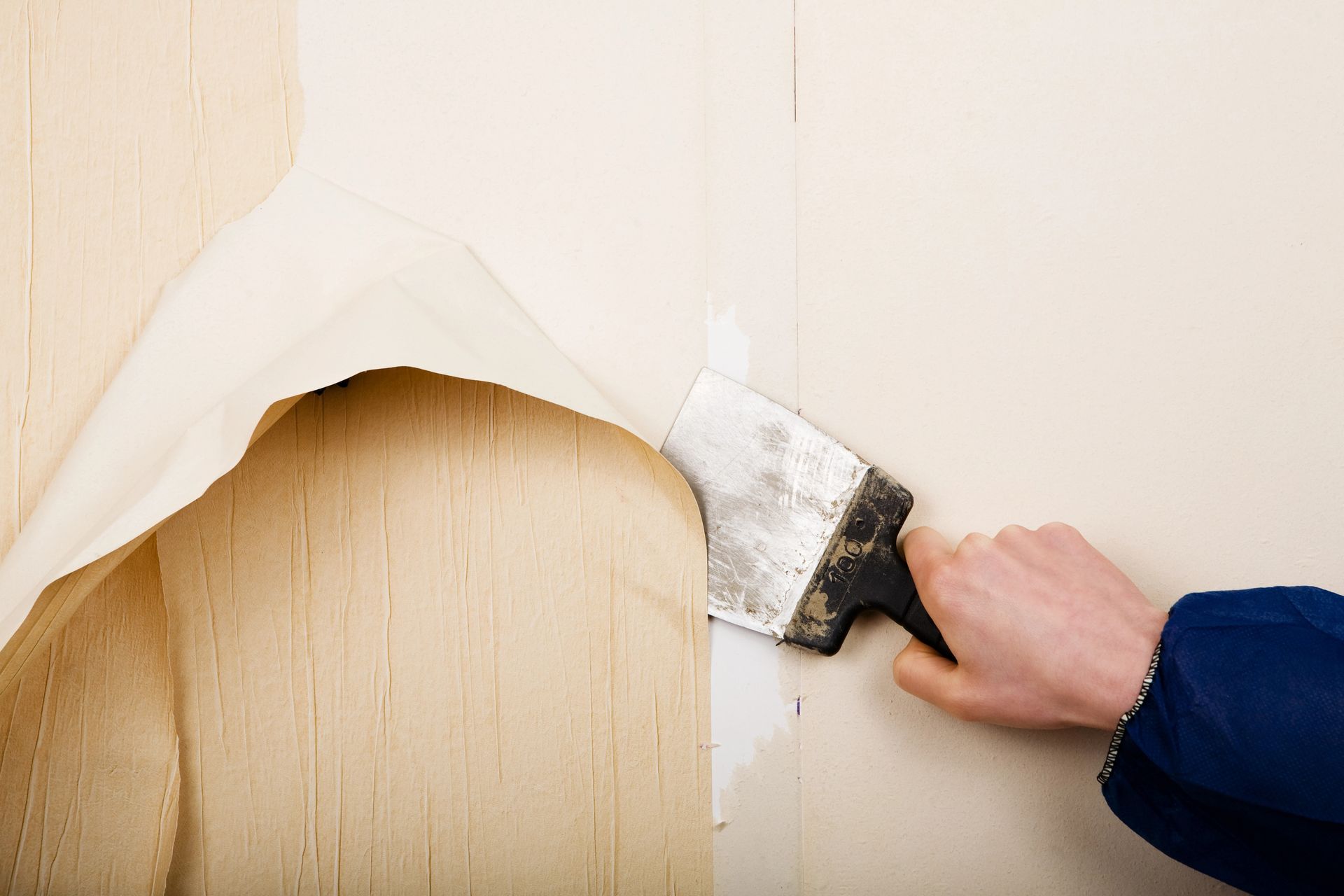50+ Years of Experience and High Quality Work!!
Phone: 608-221-2033
Email: thriftpainting@tds.net
Location: 1220 Femrite Dr. Suite 203, Monona, WI 53716
Lead Paint Removal in Madison, WI & Surrounding Area
THRIFT PAINTING: YOUR WISCONSIN LEAD-SAFE RENOVATOR
Thrift Painting is proud to be a certified Lead-Safe Renovator in Wisconsin, ensuring that our renovation work is performed safely and in compliance with state regulations.
As of April 22, 2010, Wisconsin’s Lead-Safe Renovation Rule requires specific safety measures for any renovation work conducted by contractors in homes and child-occupied facilities built before 1978. This rule helps protect families and communities from lead exposure, especially in older buildings where lead-based paint may be present.
When Lead-Safe Renovation Rules Apply
Our lead-safe practices are essential for larger repair and renovation projects. However, certain minor repairs are exempt from the rule:
- Interior projects that disturb less than six square feet per room.
- Exterior projects that disturb less than 20 square feet of painted surface.
Additionally, if a Certified Risk Assessor or Lead Inspector verifies that the work area is lead-free, the renovation is exempt from lead-safe requirements.
Thrift Painting is committed to safety, professionalism, and compliance with Wisconsin’s Lead-Safe Renovation Rule, giving you peace of mind on every project.
The Lead Paint Removal Process and Disposal
The lead paint removal process requires careful planning, specialized techniques, and adherence to strict safety protocols to minimize the risk of lead exposure. At Thrift Painting, our team of certified Lead-Safe Renovators follows all guidelines to ensure a safe environment for occupants and workers. The process begins with a thorough assessment of the areas where lead-based paint may be present. We then use methods such as wet scraping and encapsulation to safely remove or contain the lead paint. Wet scraping helps minimize dust and particles, while encapsulation involves applying a layer of fresh paint to safely cover lead-painted surfaces.
Once the paint is removed or sealed, proper disposal is essential to prevent contamination of the surrounding environment. Lead paint waste, including debris, dust, and contaminated tools, is carefully collected in sealed, heavy-duty bags. This waste is then transported to an approved hazardous waste disposal facility, as regular disposal sites do not accept materials containing lead. Our team ensures that every step, from removal to disposal, complies with federal and state regulations, providing our clients with a safe, clean space upon project completion.
